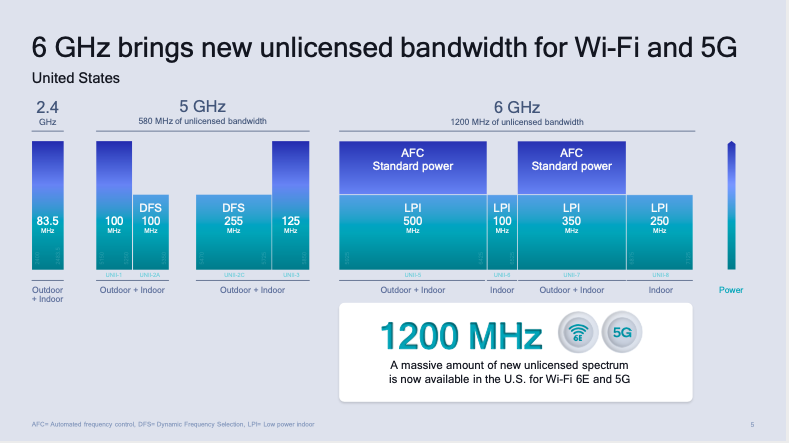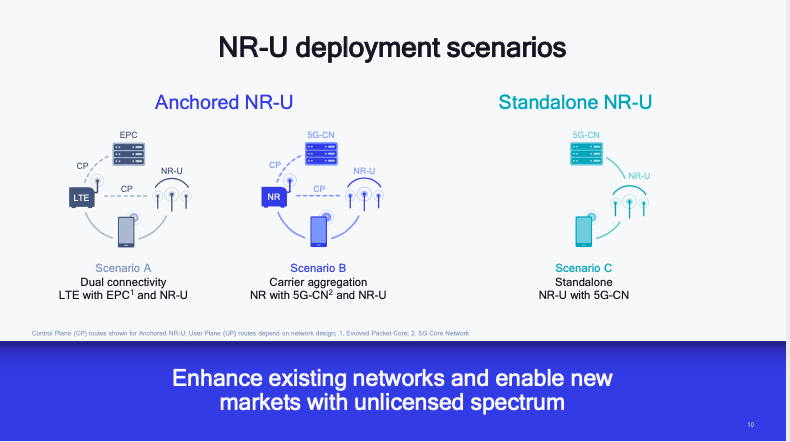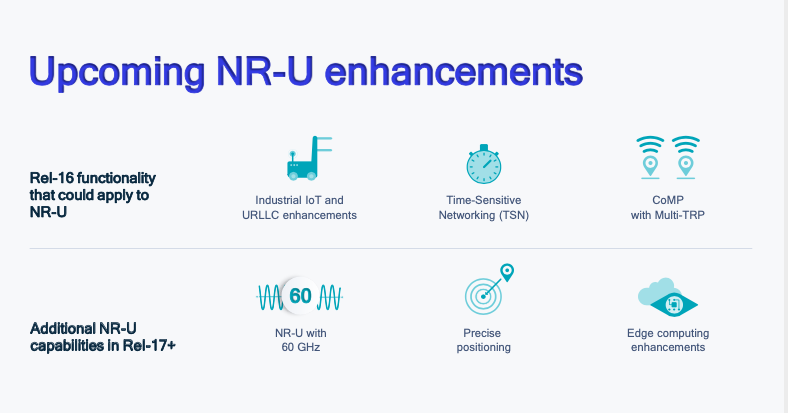Qualcomm: ‘5G NR-U represents a brand-new field of spectrum’
5G NR in unlicensed spectrum (NR-U) is being finalized for inclusion in 3GPP Release 16, which, though delayed, is now expected to be ratified next month due to the COVID-19 pandemic.
According to Qualcomm, NR-U is “an important chapter” in the cellular connectivity journey, where the power of 5G is brought to unlicensed spectrum. Further, Pratik Das, a Qualcomm staff manager for technical marketing, said that when it comes to indoor coverage, 5G NR-U represents “a brand-new field of spectrum.”
For starters, the FCC recently released 1200 MHz in the 6 GHz band for Wi-Fi and 5G NR-U, expanding network capacity by an unprecedented amount. But, that’s just the beginning.
“Not only [does NR-U] unlock more spectrum globally, but it marks new verticals and new deployment strategies,” Das said at a press event last week, adding that container ports, warehouses and underground mines are strong examples of the new spaces where unlicensed 5G technology might soon find itself.

As Das pointed out, NR-U is the first global standard that supports both license-assisted and standalone use of unlicensed spectrum. Therefore, operators can use a non-standalone mode to aggregate the unlicensed bands with licensed 5G frequencies to bolster capacity similar to LAA, as well as a standalone mode wherein an enterprise could use unlicensed spectrum to deploy a private cellular network.

When it comes to private networks, specifically, 5G NR-U can deliver improved coverage capacity and mobility, but also reliability and precise timing.
This is due in part because 5G can be integrated with time sensitive networking (TSN), which provides deterministic services over IEEE standard 802.3 Ethernet wired networks, guaranteeing low-latency packet transport, low packet delay variation and low packet loss.

Additionally, 5G NR-U also supports wideband carriers, flexible numerologies, beamforming, which controls the directionality of the transmission or reception of a signal on an antenna array and dynamic TDD, where the uplink-downlink allocation may change over time to adapt to traffic conditions.
“We expect to see NR-U helping operators not only deploy networks freely but being able to scale them very fast across markets and borders,” Das said.

